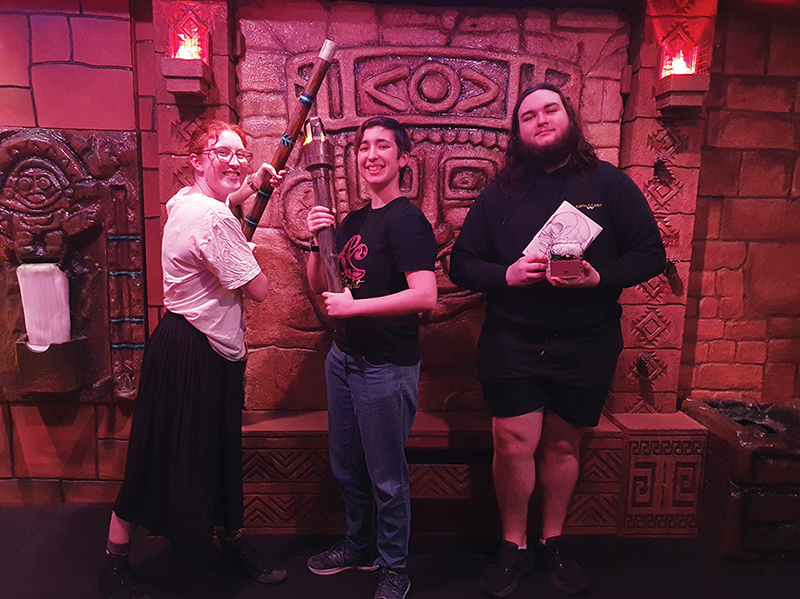Photo of Henry courtesy of Archive Office of NSW.
By Lyn Forde – President/Research Officer of St Marys & District Historical Society Inc.
SIR Henry Parkes was born to a farming family on the 27th May 1815 at Stoneleigh, Warwickshire in England. He was the youngest of seven children to Thomas Parkes and his wife Martha (Faulconbridge). Thomas was a tenant farmer at the Stoneleigh Abbey Estate. Forced off their farm in 1823 by debt the Parkes family moved to Glamorganshire, then around 1825 they settled in Birmingham where Thomas was a gardener and odd-job man. Henry’s formal education was in his own words “very limited and imperfect” and he briefly attended Stoneleigh parish school and later joined the Birmingham Mechanics’ Institute. As a boy he was obliged to help in supporting the family and worked as a road labourer then in a brick pit and ropewalk before being apprenticed to John Holding who was a bone and ivory turner in Moseley Street. In July 1836 at Edgbaston Parish Church he married Clarinda a 23-year-old daughter of butcher John Varney. In 1838 Henry took Clarinda to London in search of better prospects where they survived a few weeks by pawning his tools and were determined to leave for New South Wales. Henry assured his Birmingham family of his certainty of making his fortune and coming back to fetch all of them. They sailed from Gravesend in March the next year in 1839 on the “Strathfieldsaye” as assisted immigrants and arrived in Sydney in July 1839 with a newly infant born at sea two days earlier. Henry found work as a labourer on Sir John Jamison’s Regentville estate but after six months returned to Sydney to work in Thomas Burdekin’s iron-mongery and Peter Russell’s brass-foundry. In 1840 he became a tidewaiter in the New South Wales Customs Department, slowly buying tools and in 1845 he set himself up where the Old Police Headquarters stood as an ivory turner and importer of fancy goods in Phillip and Hunter Street in Sydney. He opened branches in Maitland and Geelong but both failed and by 1850 he was in financial difficulties and writing to his wife of culpable neglect in his business in Sydney. He had by then become deeply involved in literary and political activities attractions which highlighted the dullness of a business life. Henry leased “Werrington House” from 1860 to 1871. His failure to pay the rent on time was not appreciative of the Lethbridge Family owners. In early May 1861 Henry accepted an invitation from Sir Charles Cowper to tour England as a Government lecturer on emigration at a salary of £1,000 and leaving his family in poverty on their rented farm at Werrington. He was knighted in 1877 and was instrumental in the naming of the “Commonwealth of Australia” for the new nation. In 1888 Clarinda died at their place of residence called “Hampden Villa” in Balmain. She had been very ill for some time but appeared to be much better and she also took some part in conversation and occasionally appeared cheerful. Henry was with her at 1 o’clock and about that time she complained of feeling much worse and was assisted to bed. In the evening Henry had business with his Excellency the Governor and a little before 10 o’clock he proceeded to the Colonial Secretary’s Office and not thinking of any danger or cause of alarm in his wife’s condition he decided to remain for the night so that he might get to work early the next morning. So, unaware of the possibility of any serious turn in his wife’s illness that was taking place at home and with Dr MacLaurin in attendance, Henry was not sent for. Clarinda’s body was taken to the burial ground at Faulconbridge where the remains of their oldest son was interred some years ago with the funeral being strictly private and confined only to the members of the family. Henry faced immense personal turmoil following the death of Clarinda and quietly married Eleanor Dixon in Sydney in February 1889. She was born at Wooller, Northumberland in England and the youngest child of Thomas and Mary Dixon. After her father’s death in 1869 she came to Australia with the rest of the family. Lady Parkes was considerably younger than her husband and she lived a quiet and peaceful life. Later it was discovered that she had been suffering from an incurable decease and she died at “Kenilworth” Johnstone-street in Annandale in 1895 and was buried at St Annes Church cemetery in Ryde. That same year at St John’s church Parramatta Henry married Julia Lynch, born in Ireland in 1872 who was a 23-year-old former cook and housekeeper for Sir Henry when they married. Henry fathered 18 children. He died in 1896 of pneumonia before Federation came into being at Canberra in 1901 and is buried in the family grave at Faulconbridge, NSW.
Sources: Australian Dictionary of Biography, Obituaries Australia website, Find a Grave.






